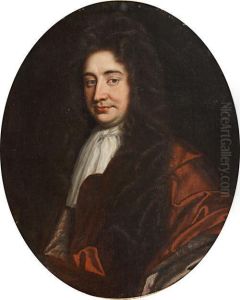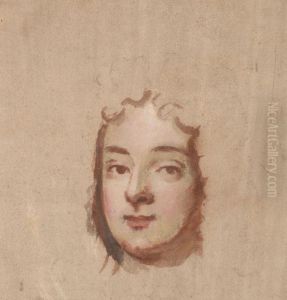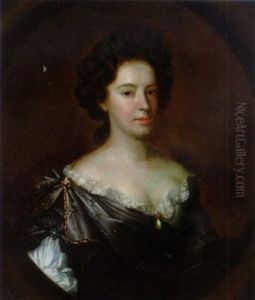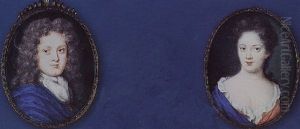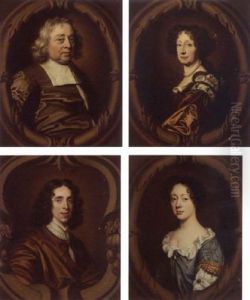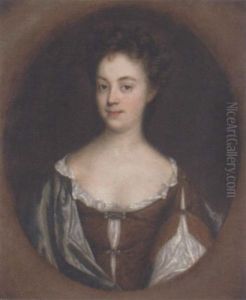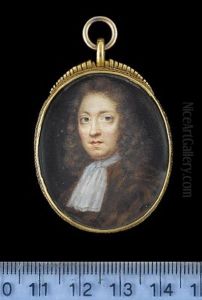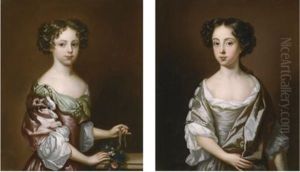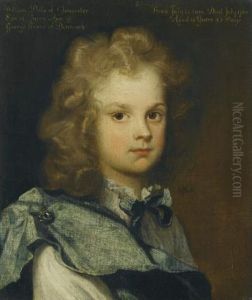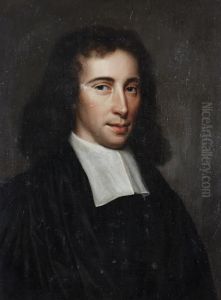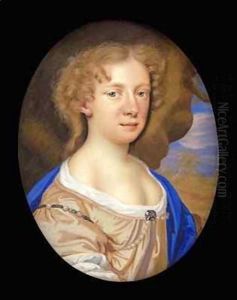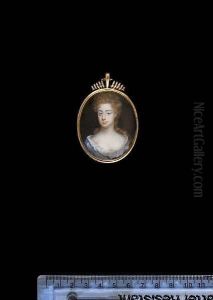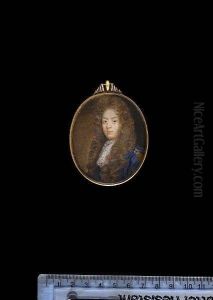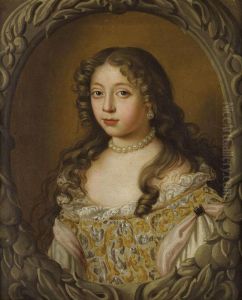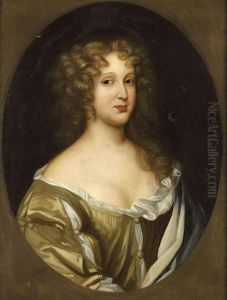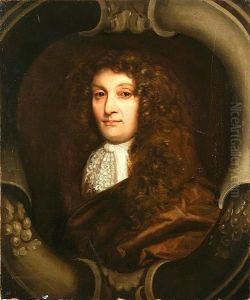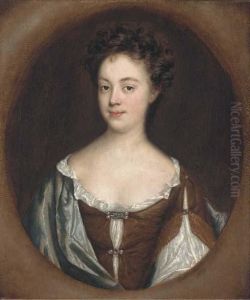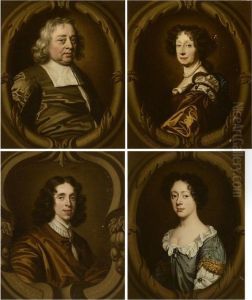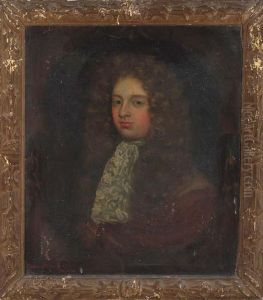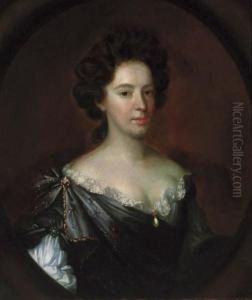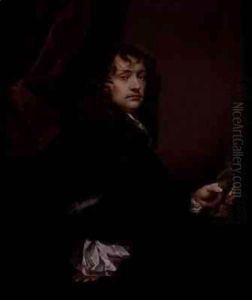Charles Beale Paintings
Charles Beale was a notable figure in 17th-century England, primarily known not for his own artistic endeavors, but for his role as the husband of Mary Beale, one of the most prominent female portrait painters of her time. Born in 1631, Charles Beale's life was deeply intertwined with the arts, though his contributions were more administrative and supportive in nature rather than creative.
Beale was educated and had a keen interest in art and science, which was common among gentlemen of his era. He married Mary Beale in 1652, and their partnership was both personal and professional. Charles took on the role of managing Mary's painting career, a position that included mixing her paints, preparing canvases, and handling the financial aspects of her studio. This was at a time when it was rare for women to have such a prominent role in the arts, making Charles's support crucial to Mary's success.
In addition to his managerial duties, Charles Beale kept detailed diaries that have provided historians with invaluable insights into the art practices and social networks of the time. His diaries detail the daily life and operations of a 17th-century artist's studio, the couple's interactions with their patrons, and observations on contemporary art and artists. These writings are a rich source of information on the period and highlight Charles's role in documenting the era's artistic landscape.
The couple moved to Pall Mall in London in 1670, where Mary's career flourished with Charles's support. They became part of a vibrant artistic community, with Charles engaging in discussions and experiments related to art techniques and materials. His interest in the science of art made him a respected figure among his contemporaries.
Charles Beale's death in 1705 marked the end of a partnership that significantly contributed to the art world of the 17th century. While he was not an artist himself, his efforts in supporting and documenting the arts have left a lasting legacy. Through his meticulous diaries and the successful career of Mary Beale, Charles Beale's life offers a unique perspective on the role of art facilitators and the importance of collaborative relationships in the creative process.
